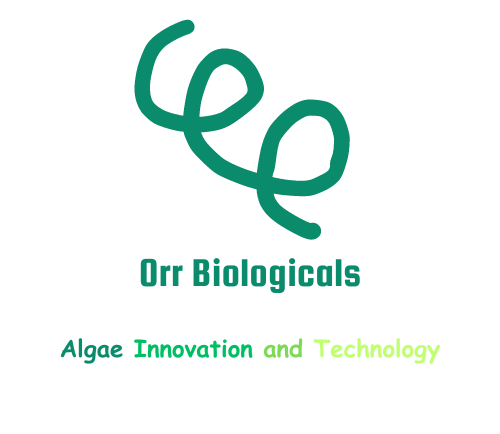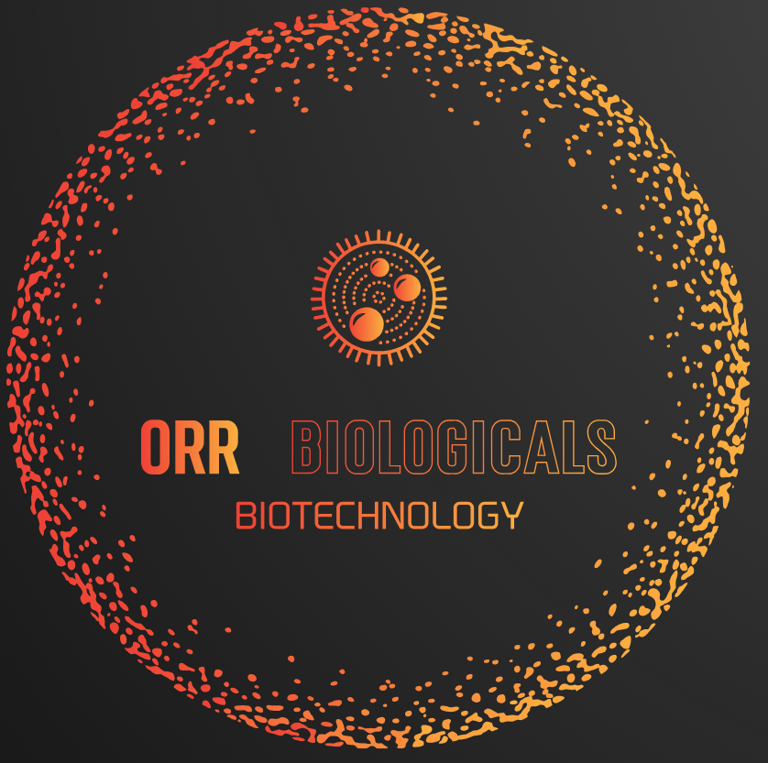Spirulina: The Superfood
Learn about insights of spirulina.
ALGAE
10/15/20251 min read


Spirulina is one of nature's most powerful superfoods according to NASA and the WHO. It is grown in warm, alkaline lakes and is found naturally in Africa, South America, and Asia. Spirulina is actually Arthospira maxima or platensis. As you may tell from the name, spirulina is named from it's unique helical trichome cells. In order to grow, spirulina trichomes fragment into cell fragments called hormogonia, which disperse and seek favorable conditions. Furthermore, spirulina is able to stay in a dormant state to survive extreme enviroments. Spirulina can be cultivated using Zarrouks or BG-11 nutrient media. It can be grown using open pond or closed loop systems. In raceway ponds, paddewheels agitate the spirulina cells for proper oxygenation and sunlight, enabling for rapid growth. However, rotifers or other contaminants can affect the quality of the end product. Indoor systems have higher up front costs due to energy and environment control expenses. Spirulina has all 9 essential amino acids and is considered a full proteinn source. It is 60-70% protein by dry weight. Phycocyanin found in spirulina is a blue pigment used as a food coloring that can have supplementary benefits as a functional food. It is a phycobiliprotein used to capture light for the cyanobacterium. Usually, spirulina can triple in biomass every day under optimal conditions.

Subscribe to newsletter!
Our Youtube Channel is Here ->
TERMS AND CONDITIONS
THIS CONTENT IS ONLY FOR EDUCATIONAL PURPOSES. All information posted is merely for educational and informational purposes. It is not intended as a substitute for professional advice. While the information on this website has been verified to the best of Orr Biological's abilities, we cannot guarantee that there are no mistakes or errors. Should you decide to act upon any information on this website, you do so at your own risk. Under no circumstance shall Orr Biologicals have any liability to you for any loss or damage of any kind incurred as a result of the use of the site or reliance on any information provided on the site.
